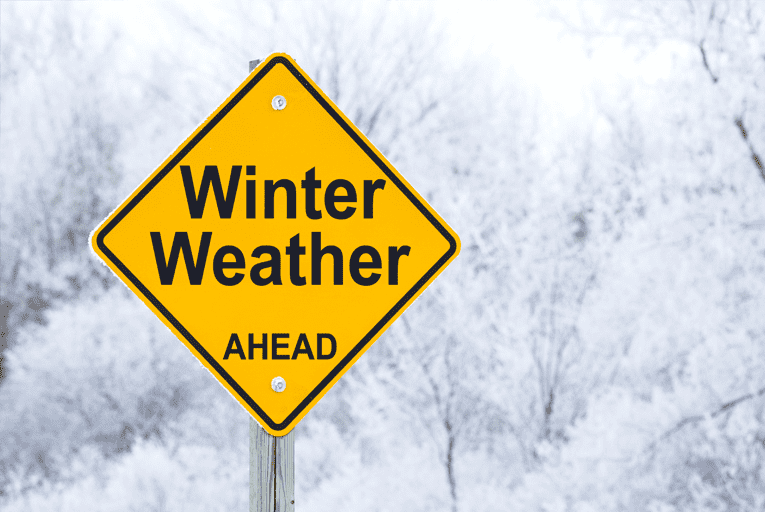
The holidays are hectic, and it’s tempting to dash through the snow, rain or ice to get where you need to go. But winter weather driving on wet or snowy roads puts you at greater risk for car crashes. 21 percent of all auto collisions are weather-related, mostly due to wet pavement and rain, according to the U.S. Department of Transportation.
The first rule of winter weather driving is to slow down to improve tire traction.
Keep these other tips in mind when driving this winter
- Avoid braking and turning at the same time. Brake first, then turn, then accelerate. Accelerate and decelerate more slowly than you would on dry roads.
- Leave plenty of space between your car and the car ahead of you. Increase following distances to at least 6 seconds.
- Drive with your low-beam headlights on, even during daylight.
- Be predictable. Use turn signals, make sure lanes are clear before changing and leave plenty of time to stop.
- Avoid using cruise control, which can reduce traction.
- If you start to skid, don’t slam on the brakes. Continue to look and steer in the direction you want the car to go.
- Avoid puddles when it’s safe to do so.
- Always wear your seat belt.
- Stay alert and minimize distractions. Don’t text, talk on the phone or drive under the influence of alcohol or drugs. Driving distracted is even more dangerous in winter weather driving situations.
- In snow and ice, try not to stop when heading up a steep hill. After you’ve stopped, applying extra gas to get started again may only spin your wheels. Get some momentum going on a flat road as you approach the hill to help you reach the top, then reduce your speed and drive down the hill slowly.
- If your visibility is so limited that you can’t see in front of you, carefully pull off to the side of the road and stop completely.

